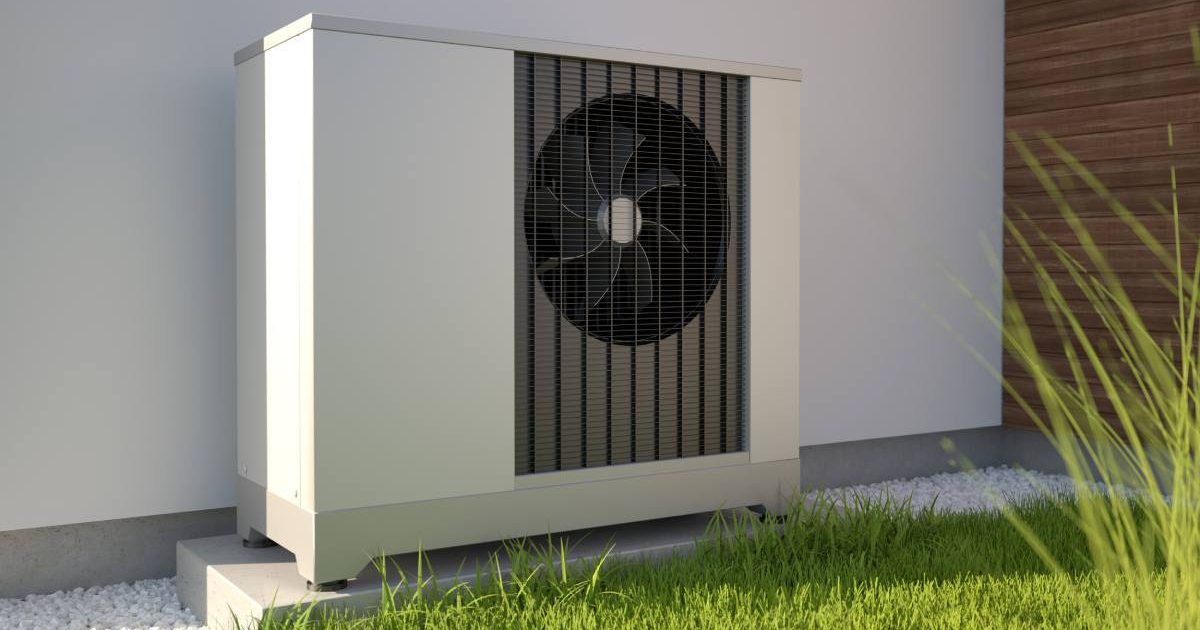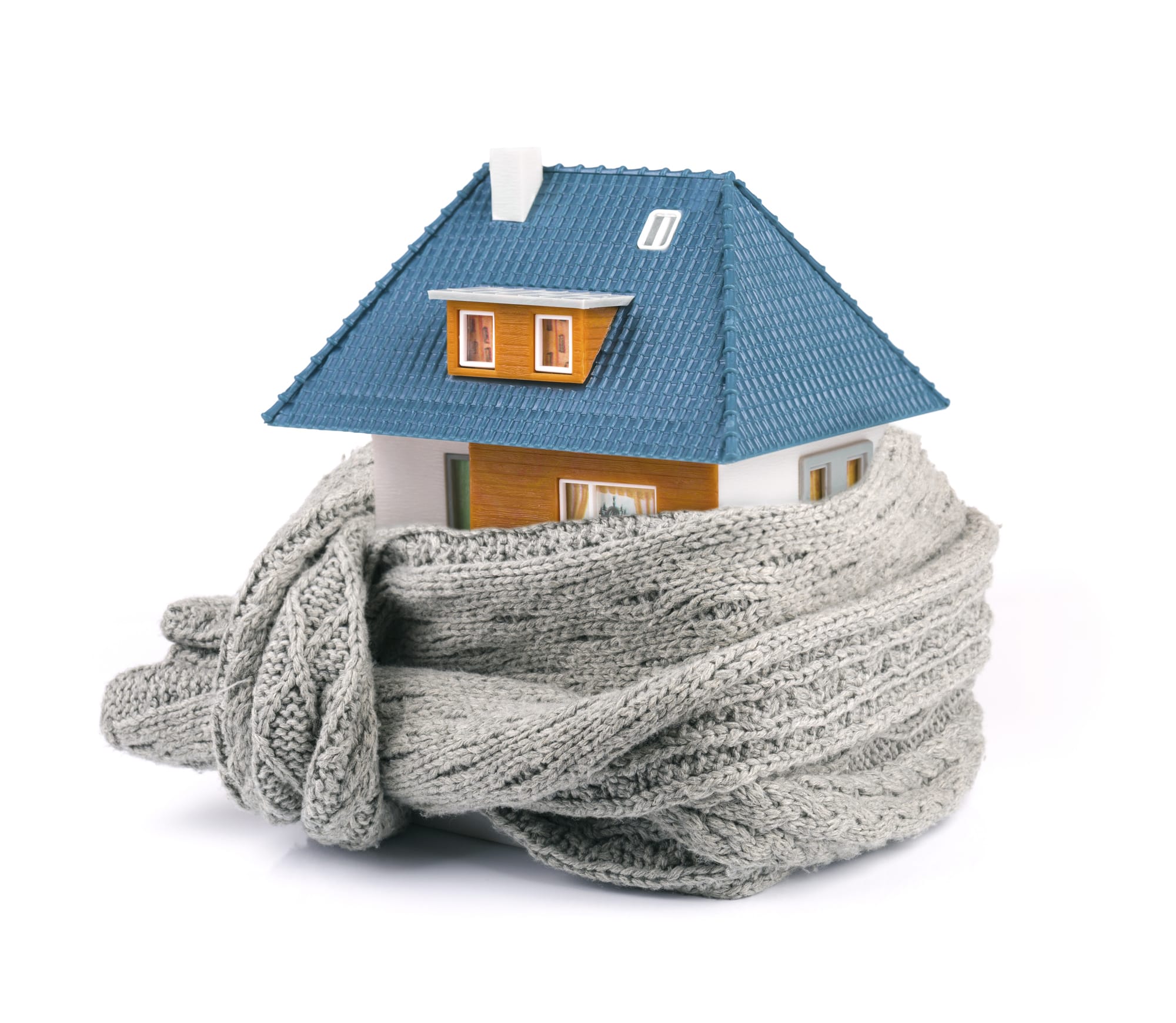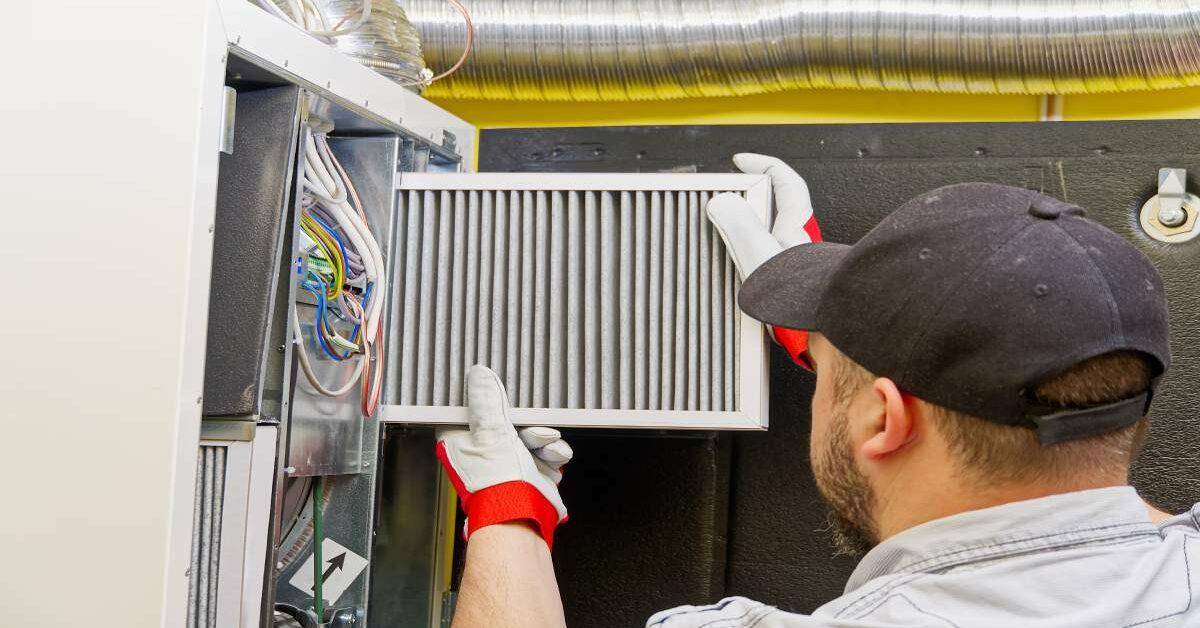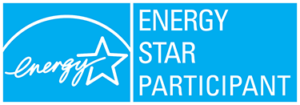Canada’s carbon price, aka the carbon tax, came into effect back in 2019 through the Greenhouse Gas Pollution Pricing Act.
Since then, the carbon tax has increased gradually, leaving many Canadians wondering how the tax has actually impacted them, especially as it relates to heating and cooling costs.
While it’s worth noting that the tax may be repealed after the 2025 election, here’s a look at this tax and its implications, including the rebates Canadians have received because of it.
What Is a Carbon Tax? The Carbon Tax Explained

Carbon pricing is a tax applied to activities that cause emissions, specifically greenhouse gasses like carbon dioxide. Like driving gasoline or diesel vehicles, for example.
The tax makes it more expensive to burn fossil fuels, which means there’s a strong incentive for people to reduce these emissions where they can.
However, it’s a revenue-neutral tax, meaning the government doesn’t keep the money they collect—it goes back into the hands of Canadians.
Around 90% of the tax is returned to Canadians through the Canada Carbon Rebate or through provincial rebates.
The remaining 10% will go to:
- Farmers
- Indigenous governments
- Small to mid-sized business
In all, the government discourages pollution through this tax, provides an incentive to help reduce emissions and doesn’t hold onto any of the money.
Carbon Tax Facts: How Carbon Pricing Impacts Differently Across the Country

The carbon tax started at $20 per tonne of emission and gradually increased over the years. As of April 2024, it was up to $80 per tonne. That number will continue to rise until 2030, when it reaches $170 per tonne.
Although the cost of the carbon tax is the same in every province, Canadians feel the effects differently and get different rebates depending on where you live.
For example, in provinces like Alberta, Nova Scotia, and Saskatchewan, where they still use coal to generate electricity, people tend to feel the effects more.
What’s more, people living in areas with colder winters or hotter, more humid summers will also pay more compared to places in Canada with milder seasons.
Also, homeowners may feel the pinch if they have older, inefficient heating/cooling systems and appliances in their homes.
However, each province has its own system for the carbon tax, so the rebates are different in each province. For example, New Brunswick residents only get $380 for the annual Canada Carbon Rebate in 2024-2025. By comparison, Alberta residents get $900.
In other words, you might have to pay more in some provinces because of the carbon tax, but you might also get more back in rebates.
Ways to Reduce How Much Carbon Tax You Pay

One nice thing about the carbon tax is that you get back most of the money through rebates, which you can invest in upgrades that can reduce your home’s carbon footprint and lower how much you’ll pay for carbon pricing in the future. Here are some ideas that can help your home reduce carbon tax payments:
- Upgrade your furnace/boiler/water heater to high-efficiency systems with ENERGY STAR certification
- Switch to an electric heat pump if you live somewhere with renewable electricity, like hydro
- Upgrade to a high-SEER air conditioner
- Improve the insulation and seal leaks around your house
- Switch to high-efficiency appliances and electronics, especially gas-powered ones or if your electricity comes from fossil fuels
- Switch from a gas oven to an electric one
Heating Types Across Canada
Around 47% of Canadians use natural gas to heat their household, and around 37% use electricity. Approximately 9% use oil and the rest use wood and propane.
Here’s a look at the annual natural gas consumption in Canada:
- 88.4 GJ per year on average in Canada
- 74.3 GJ per year on average in British Columbia
- 100.3 GJ per year on average in Alberta
- 88.7 GJ per year on average in Saskatchewan
- 81.7 GJ per year on average in Manitoba
- 90.8 GJ per year on average in Ontario
- 60 GJ per year on average in Quebec
Quebec, Newfoundland, and the Maritime provinces of New Brunswick, Prince Edward Island, and Nova Scotia all use electricity most commonly. 91.50% of Quebec residents, 77.80% of Newfoundland residents, and 60% of New Brunswick heat their home using electricity.
Oil heating is more popular in Prince Edward Island and Nova Scotia with 63% and 47% of residents using it to heat their home.
What Is the Average Heating Cost of the Carbon Tax for Canadians?
Canadians use around 90 gigajoules of natural gas every year to heat their home, and each gigajoule produces around 50kg of carbon dioxide.
The carbon tax is currently set at $80 per tonne. For Canadians, the average total cost of the carbon tax per household for 2024-2025 will be:
- Alberta: $1,056
- Manitoba: $828
- Ontario: $869
- Saskatchewan: $1,156
- New Brunswick: $536
- Nova Scotia: $609
- Prince Edward Island: $628
- Newfoundland: $859
But remember, that’s that total per household—not just for heating and cooling. In Canada, about 60% of your annual energy bills go toward space heating.
Fortunately, most of the tax revenue is directed back towards the residents through rebates. Read on to find out the average rebate amounts per household.
However, the rebates aren’t calculated on an individual basis, so the money you receive may not exactly cover the additional costs imposed by the carbon tax. For this reason, the theory is that homeowners will still be incentivized to opt for more efficient appliances and home upgrades, and more conscious energy use where possible.
Get Quotes
How soon are you looking to buy?*



What Are Carbon Tax Rebates and How Do They Work?
While the carbon price per tonne might seem high, this tax scheme does offer rebates. These rebates encourage consumers to switch to greener solutions.
The rebate amount will depend on the number of people (adults and children) in the household. Citizens will get rebates through refund or tax deductions based on their preference or the local government policy. Here’s a look at the average Canada Carbon Rebate per householdin different regions for 2024-2025:
- Alberta: $1,779
- Manitoba: $1,193
- Ontario: $1,124
- Saskatchewan: $1,505
- New Brunswick: $719
- Nova Scotia: $766
- Prince Edward Island: $801
- Newfoundland: $1,162
As you can see, the rebate amounts are actually higher than the average carbon tax payments.
Also, people living outside of census metropolitan areas get added benefits. This tax system takes into account that they might have fewer green alternatives to help reduce their fuel consumption, like being more dependent on a vehicle for transportation for instance. They’re eligible for 10% more in rebates than people in metropolitan areas.
All of these factors show that it is theoretically possible to regain the money you spend on the tax and on using green alternatives, but that will obviously vary from one person to the next. In any case, rebates are claimed to exceed the increased energy cost for more than 70% of Canadians.
You can use the government’s calculator to estimate the amount you’ll get back through the Canada Carbon Rebate.
What Are the Disadvantages of the Carbon Tax?
The higher cost load for households has caused some disapproval from the public. Here are some points to make a note of, so you know all the details when it comes to the carbon tax:
- Canada’s carbon price is high compared with other countries. Although carbon tax is effective at preventing wasteful energy practices, it may also cause some financial strain to households with modest incomes.
- The most significant contributors to the emissions total are industrial establishments that cause 40% of the carbon pollution. They’re excluded from this latest tax and are covered under Output-Based Allocation Systems.
- The cost of natural gas in Canada will rise by around 8% over time. The tax increased the cost of a gallon of gasoline by 16.6 cents in the first year and was up to 42 cents by the year 2022.
- The price of coal will double over time because it has a surcharge of $100 per tonne. Fortunately, most of Canada’s electricity is produced through hydroelectric or nuclear systems, which causes fewer emissions.
The Bigger Picture

Climate change and excessive pollution results in considerable expenses for society and in some ways poses arguably a larger financial liability than the carbon tax.
According to research, health costs due to extreme weather will rise to around $1.6 billion a year, and many experts have mentioned that these additional expenses make taxation a better alternative.
Despite the controversy caused by any new tax, the carbon tax has proved effective at reducing emissions, creating jobs in clean technologies, reducing pollution in some places, and helping Canadians with the cost of living through rebates.
So although taxes aren’t perfect, solutions that depend heavily on increased bureaucracy and complex regulations aren’t necessarily a preferable alternative.
And as far as heating and cooling your home is concerned, a good place to start is upgrading your HVAC appliances to newer, high-efficiency systems. A new ENERGY STAR® furnace or A/C can help homeowners reduce costs and save money in the long run, regardless of the effect of the carbon tax.
Get Quotes
How soon are you looking to buy?*






